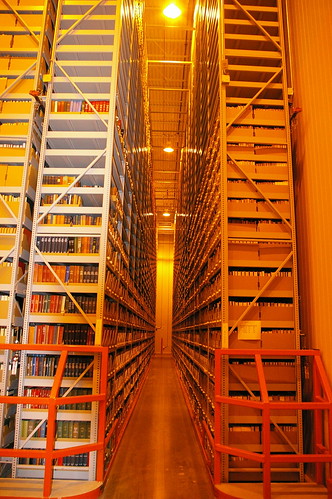The main goal of week four was to refine and complete our design and analysis phase report. All of Monday was dedicated to this report.
On Tuesday, we had an extended meeting at the MFAH with Julie Bakke and Wynne Phelan. During this meeting they answered most of the remaining questions needed to complete our report. These questions were about the specifics of our piece selections. They related to us materials that absolutely could not be used in our storage device as well as some materials that would be preferred or acceptable. After this they took us to see all of the pieces. We then took further data as to the structural dimensions of each piece and determined approximate weight and materials. We also discussed more specifically the concerns related to each piece and the history behind the art.
Tuesday afternoon, we attended the weekly Center for Civic Engagement Fellows meeting. At this meeting, Dr. Stephen Klineberg spoke about “The Changing Face of Houston.”
On Wednesday, we compiled the information we received from the MFAH and incorporated it into the report. In the afternoon, Anthony Locastro and Ben Esquivel gave us a tour of 360 Art Services. 360 Art Services is an art packing and crating company in Houston. It is currently one of the companies that is being used by the MFAH. On this tour we received an inside look at how some pieces of art are being stored for transport. Because the pieces come in all different shapes and sizes 360 must consider each piece separately and listen to the needs of their client to properly customize a crate and safely ship each piece. 360 uses a variety of archivally-safe materials and their crates are currently a recognizable red with the 360 logo.

360 Art Services
On Thursday, we had a question and answers meeting with Dr. Corey Rogge, of the Rice University Chemistry Department, where she answered the remainder of our questions. All of these questions were very specific to the materials that our pieces are each made out of and how these materials degrade, outgass, are conserved, and effect other materials around them. Dr. Rogge also gave us some historical accounts about the science of conservation. It is interesting to note that much was learned from the opening of King Tutankhamun tomb in Egypt by observing how those ancient artifacts had been preserved for centuries underground.
Thursday afternoon, we attended our second Innovation Norway Entrepreneurship class. During this class we recapped reading from The Innovators Dilemma and The Art of the Start. After the recap, Michael Lowe, President and CEO of OrthoAccel Technologies Inc., gave a presentation on the history of his startup company and how they are reaching for success. Along with his history he gave helpful advice as to how to organize and start your own business based on solid ideas and good communication.
Friday, James Springer, of the Library Services Center, gave us a tour of the off site storage for Rice’s Fondren Library collection. They have a modular storage system organized by size. Every book and box is barcoded and shelved. Their storage is climate controlled and all of the books are stored in custom built acid free cardboard shelving units. This storage system has proved to be very efficient and space saving, and is the type of storage Julie Bakke has relayed to us that she would like for the museum.

Rice Library Service Center Storage


